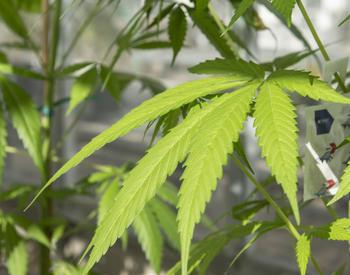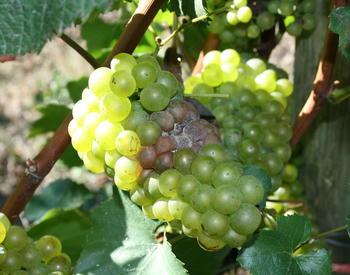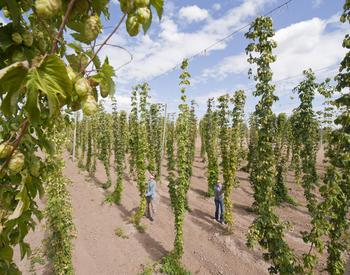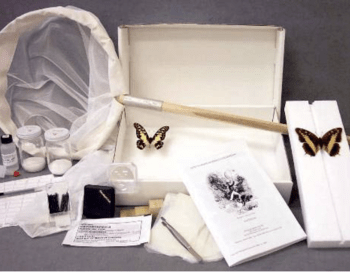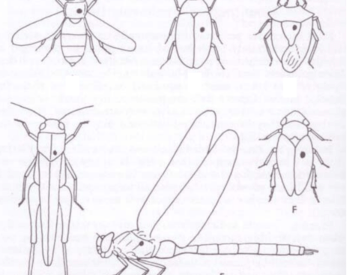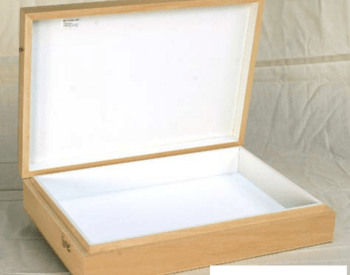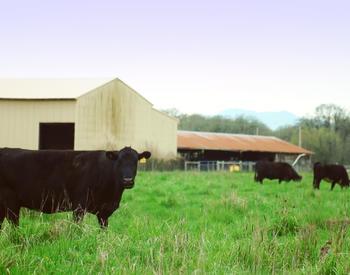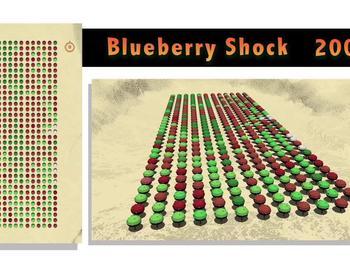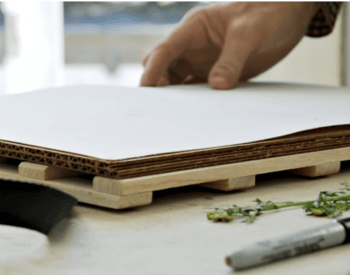Hemp (Cannabis sativa L.) is susceptible to fungal plant pathogens that induce wilt disease. The fungi that may cause wilt diseases on hemp include Fusarium and Verticillium species.
The strains of Fusarium that incite hemp wilt are Fusarium oxysporum f. sp. cannabis and F. oxysporum f. sp. vasinfectum. Between these two wilt strains, F. oxysporum f. sp. vasinfectum can incite wilt in other crop species including cotton and bean, while F. oxysporum f. sp. cannabis is host specific and causes wilt only on cannabis.
Verticillium dahliae and V. albo-atrum are another two fungal species theoretically capable of inciting wilt in hemp, but only the latter is reported to infect cannabis. However, both species are anticipated to infect hemp and V. dahliae will likely be confirmed as pathogenic on hemp as additional research and diagnostic activities are accomplished. These Verticillium species have a broad host range with over 300 plant species affected.
Fusarium and Verticillium can survive in association with plant debris. They can also persist in soil for at least several years as durable structures such as thick-walled spores (chlamydospores) produced by F. oxysporum and microsclerotia (compact masses of mycelium covered with a pigmented rind) formed by V. dahliae.
Since Fusarium and Verticillium are soilborne, pathogen propagules can move with infested soil on soiled equipment, tools, footwear, etc., or through soil movement via wind currents or in contaminated water. Strains of F. oxysporum can also form additional types of spores (macro- and microconidia) that can be transported by wind or water currents.
Fusarium and Verticillium are known to be seedborne on other plant species, so it is anticipated that these fungi can be transmitted via infested seed in hemp production. For more information on wilt diseases that affect hemp, see Fusarium wilt and/or Verticillium wilt in the online Pacific Northwest Plant Disease Management Handbook.
Hemp plants are susceptible at any stage to wilt pathogens and the initial infection typically occurs through a plant root. Moist soils can favor Verticillium wilt while overly wet or droughty soil conditions favor Fusarium wilt.
Early symptoms of wilt include yellowing of lower leaves, sometimes as one-sided or in a V-shaped pattern on leaves, and stunting of the plant. Leaves may develop dark spots, turn yellow, and then die; leaf yellowing and browning will progress upwards on affected plants.
Wilting of plants is observed more commonly once flower development commences due to increased water demands coupled with impairment of water transport within vascular tissues. Wilting can involve the entire shoot (figure 1A) or only the portions of the plant aboveground where the associated vascular elements are affected.
Affected plants will typically die, and remaining stems can take on a silvery-tan to yellow-tan coloration. Plants that die due to Fusarium wilt can develop a whitish to pinkish fungal growth on the outside of the lower stem, especially under humid conditions.
A dark-brown to blackish discoloration can be found around vascular elements in the upper tap root and the lower portion of the main stem (figures 1B and C); this is the key diagnostic characteristic associated with fungal wilt diseases. Vascular discoloration precedes wilting symptoms. A brown rot may develop on the tap root or the lower stem of affected plants. The root system may also be stunted with brown rot of the lateral roots present.
Close examination of plants for vascular discoloration inside of the lower portion of the main stem or the upper region of the taproot is critical for the determination of whether a fungal wilt pathogen is present, and vascular discoloration separates wilt diseases in hemp from root, crown and/or stem rot diseases.
Growers may want an expert diagnosis to determine which fungus is inciting wilt disease in order to understand the implications for crop rotation, and if so, can submit samples of diseased plants to a plant clinic. A listing of public and private plant clinics along with information on submitting plant samples and associated fees for diagnosis are available online.
Cultural management of wilt diseases
- Avoid establishment of hemp fields in soils where hemp wilt occurred in the previous three years.
- Rotate out of hemp for at least four years if wilt is caused by Fusarium; rotate to grasses and cereals for several years if wilt is caused by Verticillium.
- Avoid planting in heavy, poorly draining soils.
- Amendment of acid soils (pH < 6.5) with limestone (at least 1 to 2 tons of agricultural limestone/acre) can suppress Fusarium wilt in other crops.
- Apply sufficient nitrogen for crop needs, but avoid excessive fertilization of this nutrient and use a nitrate form rather than ammonia.
- Avoid excessive irrigation but also minimize moisture stress, especially during flowering.
- Clean tools and equipment between fields so that there are no remaining soil or plant residues that can lead to pathogen spread.
- Remove and destroy diseased plants while avoiding contact with healthy plants; this will decrease the build-up of durable fungal structures. Burn or deeply bury infected plants.
- Before plants are infected, apply a bio-fungicide that is labeled for suppression of Fusarium and/or Verticillium. Follow directions on the pesticide label. See the Oregon Department of Agriculture hemp pesticide guide list.
- Soil solarization can weaken and reduce soilborne populations of Fusarium and Verticillium. See Soil Solarization in the Pacific Northwest and Putting the Sun to Work: Soil Solarization for Management of Weeds and Soilborne Pathogens for more information on soil solarization in the Pacific Northwest. Soil solarization can also help with the management of other soilborne pathogens as well as weed seed banks in the soil.
